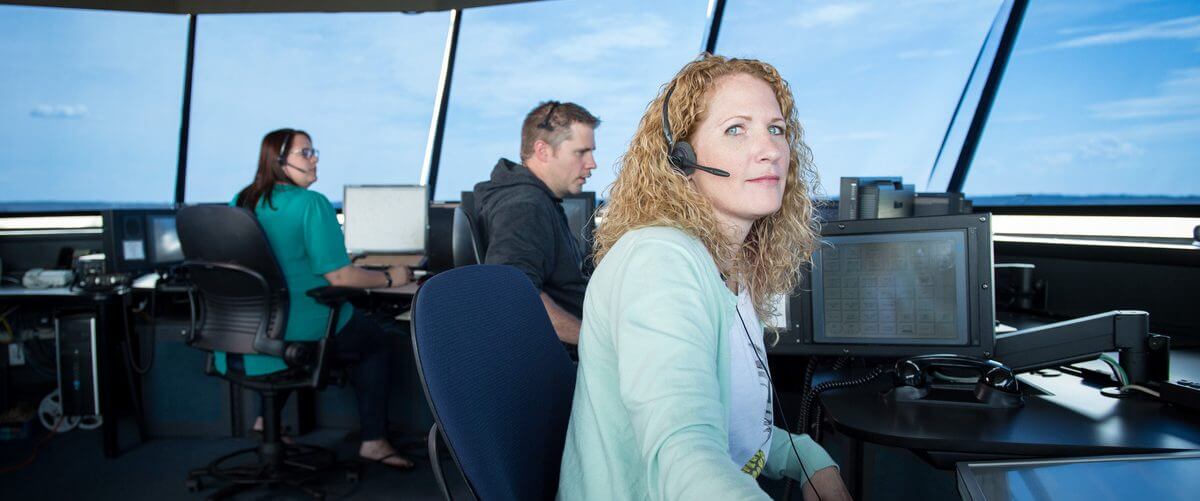







October 21, 2019
NAV CANADA plays a unique role managing the 18 million square kilometres of Canadian airspace. We guide more than 3.3 million flights a year safely through a sophisticated network of area control centres, air traffic control towers, flight service stations, maintenance centres, flight information centres and navigation aids across the country.
Thousands of travellers benefit from our services every day, yet there are aspects of our business that people are often surprised to learn. In this blog, we share some key facts and address six common misconceptions about NAV CANADA.
1. NAV CANADA is a private, not-for-profit company
We’re not government run or even a Crown Corporation. We are the world’s first fully privatized air navigation service provider.
Canada made the decision to privatize its air navigation system in the early 1990s with the consensus of airlines, pilots, the government and other industry stakeholders. NAV CANADA became a unique, non-profit entity with the passing of the 1995 Civil Air Navigation Services Commercialization Act. A year later, NAV CANADA took responsibility for air traffic control, flight information and weather briefings, as well as aeronautical information and navigation aids.
As a private company, our revenues come from our aviation customers, not the government. With no shareholders, we can fully invest in our operations, people and infrastructure to deliver even safer, more efficient and more cost-effective air navigation services to our customers.

2. We don't make Canada's air safety rules: we follow them
While we operate Canada’s air navigation system, our role does not include enforcing safety rules or issuing fines for violations. Those responsibilities fall to Transport Canada, which develops and enforces the country’s transportation safety regulations. Separating air navigation system operations from regulatory functions creates greater independence between service and safety requirements, ensuring we are all working with the best interests of air travellers in mind.
3. We don't charge passengers directly for our services
We recover the costs of providing air navigation services (such as air traffic control, flight information and advisory services) from our customers, which include airlines, business aviation and air cargo operators, air charters and air taxis, helicopter operators, and general aviation pilots and owners.
Passengers are not billed directly by NAV CANADA, although some airlines may choose to recover air navigation system costs by adding fees to their ticket prices. Our fees are different from the passenger fees some airports charge to help cover maintenance or expand their facilities. Some airports also charge landing fees to air operators and pilots.

4. Air traffic controllers communicate with pilots from control towers and area control centres
Aircraft marshallers use orange batons to direct planes around an airport’s gate area, and are not employed by NAV CANADA. Air traffic controllers are NAV CANADA employees who provide pilots with takeoff and landing clearances, and issue instructions for safe, orderly traffic flow on runways and taxiways and in the airspace across Canada.
5. Controlling air traffic isn't exactly like in the movies
Movies and TV shows often portray air traffic control as a nerve-wracking, nail-biting position. It’s actually a calm, controlled and carefully orchestrated occupation. Air traffic controllers are highly trained professionals who follow well-established international standards and use advanced automated systems to track and manage air traffic.

6. The majority of air traffic controllers are not located in control towers
Many of our air traffic controllers are stationed at control towers in an airport. But a lot of them — in fact more than half — work in our seven area control centres, managing traffic flying between airports.
Our work also goes beyond day-to-day air navigation services: NAV CANADA engineers and technologists develop the air traffic management technologies used in Canada and around the world. We work closely with national and international partners to design and implement new standards that contribute to safe skies for all.